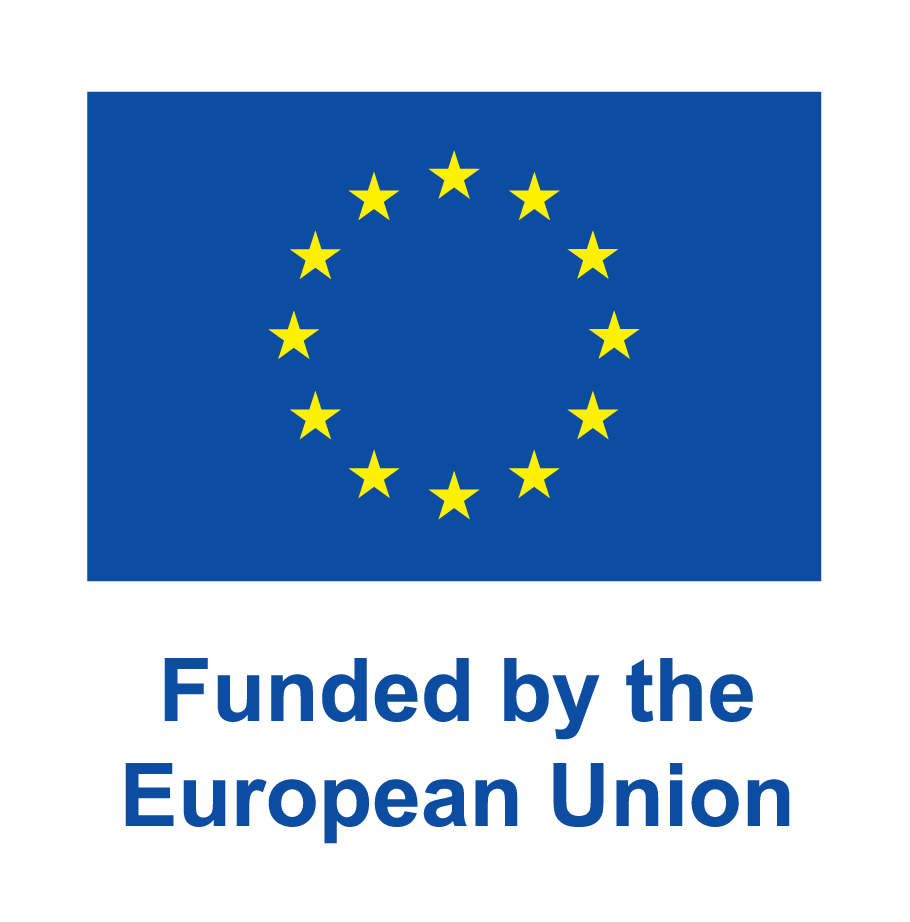The EU Temporary Protection Directive applies to displaced persons from Ukraine. Displaced persons from Ukraine can also receive temporary protection through this directive in the Netherlands. Which groups are covered by this directive, and how do EU Member States register people who fall under it?
Application of Temporary Protection Directive by EU Member States for displaced persons from Ukraine
Since the outbreak of the war in Ukraine, more than 5.4 million people have fled.* The European Union (EU) introduced the Temporary Protection Directive in response to this high number of refugees. Temporary Protection is an exceptional measure to provide immediate and temporary protection to displaced persons from non-EU countries, and people who cannot return to their country of origin.
Broader application of Temporary Protection Directive in the Netherlands
Most people who fled to the EU after the outbreak of the war in Ukraine on February 24, 2022 are covered by the Directive. The Directive applies to:
- Ukrainians who resided in Ukraine before or during the outbreak of the war;
- stateless persons and migrants from outside the EU who enjoyed international protection in Ukraine before the outbreak of the war;
- family members of these groups.
In 5 Member States (HR, FI, NL, PT, ES) other groups are also covered by the protection of the Directive. For example, in the Netherlands** the Directive also applies to migrants from outside the EU with a permanent residence permit. Furthermore, the Netherlands maintains November 27, 2021 as the start date of the conflict, while the EU Council Decision of March 4, 2022 maintains February 24, 2022 for this purpose. Ukrainians, stateless persons and migrants from outside the EU with a residence permit are covered by the Temporary Protection Directive in the Netherlands if they:
- left Ukraine on or after November 27, 2021, when tensions between Ukraine and Russia began to rise;
- already resided in the Netherlands with a permanent residence permit before November 27, 2021 (and are sometimes granted additional rights, such as the right to work, because of the Temporary Protection Directive);
- resided in the Netherlands before November 27, 2021 while awaiting a decision on an asylum application, or resided in the Netherlands illegally after an asylum application was rejected.
Organisation and registration in EU Member States
In 23 of the 26 Member States that participated in the study, the temporary residence permit is issued by the asylum or migration authorities, the police/border authority or a combination of both. In more than half of the EU Member States (BG, CY, CZ, EE, EL, ES, FI, HR, LV, NL, PL, PT, RO, SK, SI), displaced persons covered by the Directive can choose where to be registered.
In the Netherlands, registration of displaced persons covered by the Directive takes place at the municipalities where the refugee resides, after which the municipality passes on the registration to the Immigration and Naturalisation Service (IND). After that, the IND becomes responsible for the remainder of the temporary protection process.
To confirm the temporary protection status, refugees in the Netherlands receive a residence sticker in their passport or a new residence document if they are insufficiently documented. In two other Member States (CZ, LU), people with temporary protection status receive a visa stamp to confirm the temporary protection status.
Information dissemination Temporary Protection Directive
All EU Member States use government websites to inform people potentially covered by the Temporary Protection Directive about the application of the Directive. The Netherlands also deploys other information tools, including the Refugee Help website. For Refugee Help, the national government, non-governmental organisations (NGOs) and individuals work together to inform displaced persons from Ukraine about the reception in the Netherlands and other relevant information when applying for temporary protection in the Netherlands.
Publications
- Read the EMN Inform and research description: ‘Study: Application of the Temporary Protection Directive for persons who fled the war in Ukraine'.
*Source: United Nations High Commissioner for Refugees (UNHCR), period 24-2-2022 to 4-7-2022. For more information on current refugee numbers, see: Operational Data Portal
**Update 19 July 2022: people from a non-EU country who had a temporary residence permit in Ukraine, for example because they were studying or working there, have not been covered by the Temporary Protection Directive since 19 July 2022. This means that these groups are no longer entitled to municipal reception, education and medical care. This applies both to people coming directly from Ukraine and to people coming to the Netherlands via another EU country.


